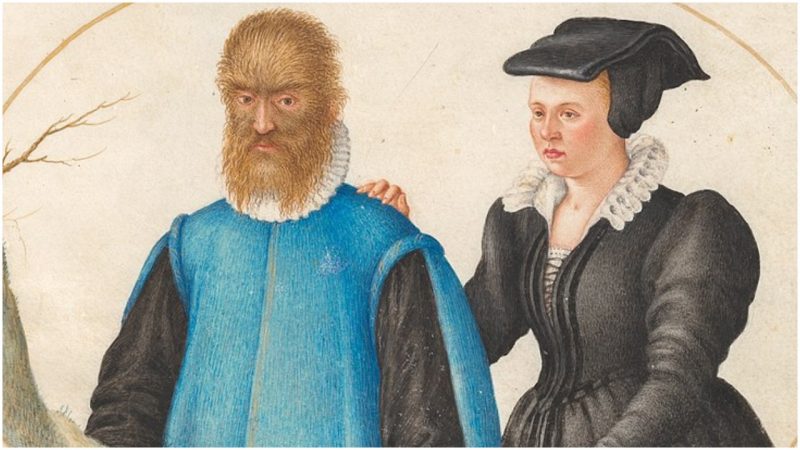Beauty and the Beast, whether in a form of the original fairytale, the animated Disney musical or the recent release that dominated the box office in 2018, is a quintessential love story that has survived many centuries and different forms.
This deeply touching love story was written by French Novelist Gabrielle-Suzanne Barbot de Villeneuve in 1740.
However, historians and folklorists have traced 23 different variations of the tale from around the globe.
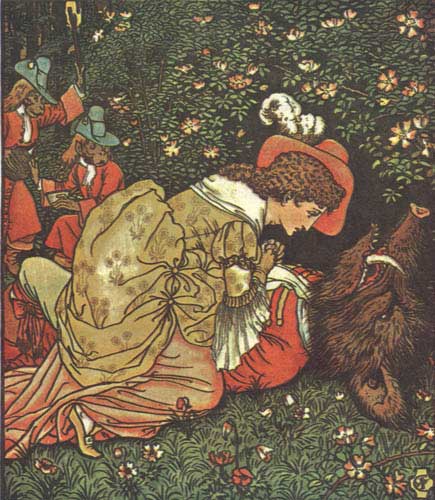
The notion of love crossing the boundaries of breeds exists in the folklore of many societies and falls under the genre of “Animal Bridegroom Story.” At least 162 different versions have been identified, that all center on a seemingly impossible relationship.
As is common in a number of these stories, the beast turns out to be a person, hidden behind the mask of a creature. The plot and the theme of transformation holds strong similarities with the Greek Cupid and Psyche, for example. However Beauty and the Beast differs from these stories in one important aspect — it is believed that a real-life person inspired the creation of this particular fairy-tale.
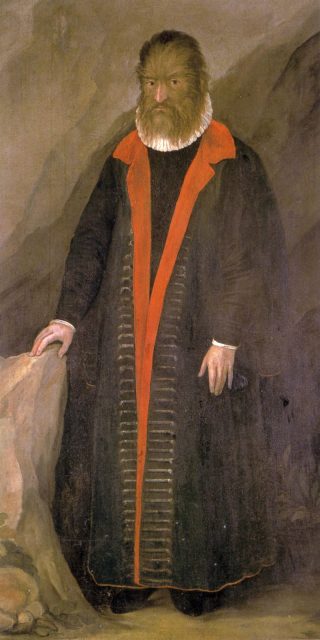
The story behind Beauty and the Beast is embodied in the tragic life of Petrus Gonsalvus and his astonishingly beautiful wife Catherine. He was born in 1537 in Tenerife with a rare condition known as hypertrichosis, commonly referred to as Werewolf Syndrome.
His story begins when he was brought from his home in Tenerife to France, as a coronation gift for King Henry II. He was considered a curiosity, a “wildman” in a cage, playing on the idea of woodwose — half-animal, half-human creatures prominent in European medieval mythology.
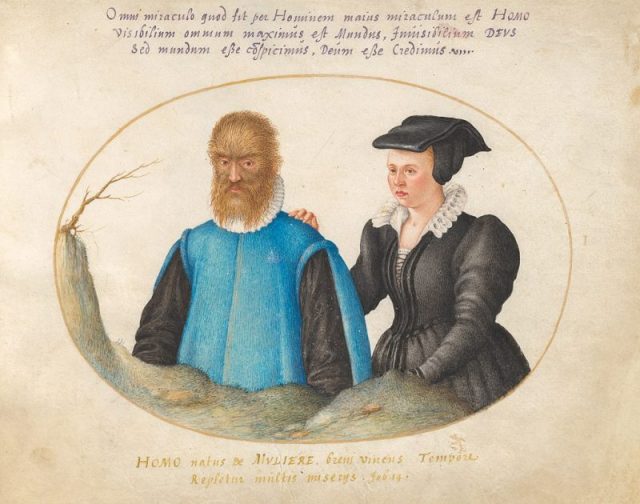
News of such a strange and exotic marvel caused enormous excitement within the castle. Upon arriving, the “wildman” was placed in a dungeon where the court’s doctors and physicians examined.
He was not wild and did not display any signs of savagery associated with woodwose. He was not a man either — he was a 10-year-old boy called Pedro Gonzales. Upon thorough examination the doctors concluded he should not be considered a wildman, and the peculiar boy was given a new Latin name: Petrus Gonsalvus.
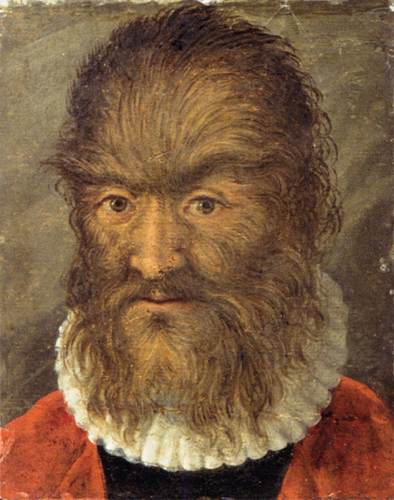
The king decided to free him from his dungeon and, for the sake of an experiment, offered him a formal education as befitted any boy living in his castle.
Upon Henry’s death in 1559, his wife Catherine de Medici became regent.
As a regent she had the power to decide about all the concerns Henry previously dealt with. Continuing her husband’s experiment, she came to the idea that Petrus should be married, to see if his offspring would also be “wildmen.”
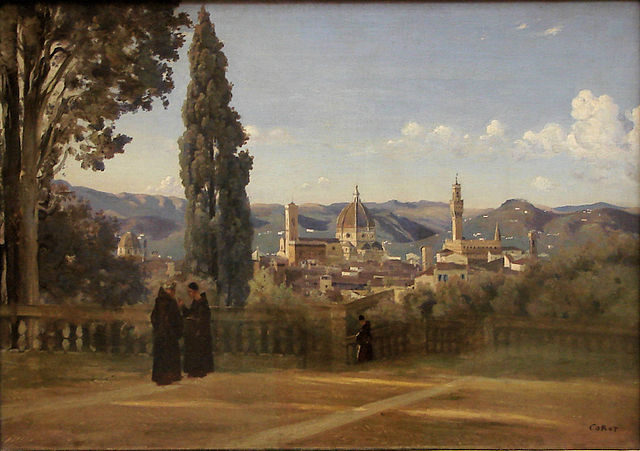
He was assigned a beautiful wife, Catherine, whose last name is unknown to this day and who was allegedly unaware of the looks of her husband before the day of their wedding.
The couple, unexpectedly for the Queen, fell in love and settled into a happy and caring relationship. They had their first two children soon after marrying and both were born healthy. The Queen was openly disappointed about this fact. Her wish did come true eventually — their next four children were all born with hypertrichosis.
The family was sent to tour Europe as an amusement for aristocratic families. They finally settled in Spain under the protection of the Duke of Parma, who allocated an estate for them to run. Nevertheless, all their children were given as a peculiar gift to other European noble families. Both loving and warm-hearted parents were devastated.
In contrast to the Beauty and the Beast’s happy ending, the story of Pedro and Catherine ended tragically. He was treated as less than human until the day he died.
Read another story from us: William Wallace – The True Story Behind Scotland’s Most Famous Hero
His unhuman status was proven even in the fact that both himself and Catherine were not allowed a proper burial. Up until the present day it is not known where the two of them were buried.
